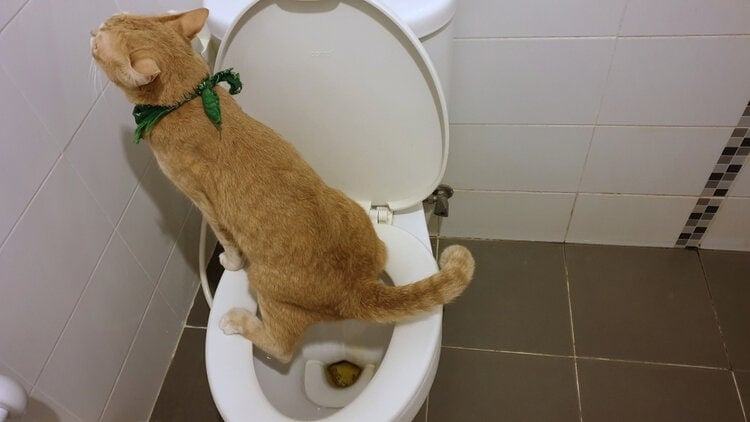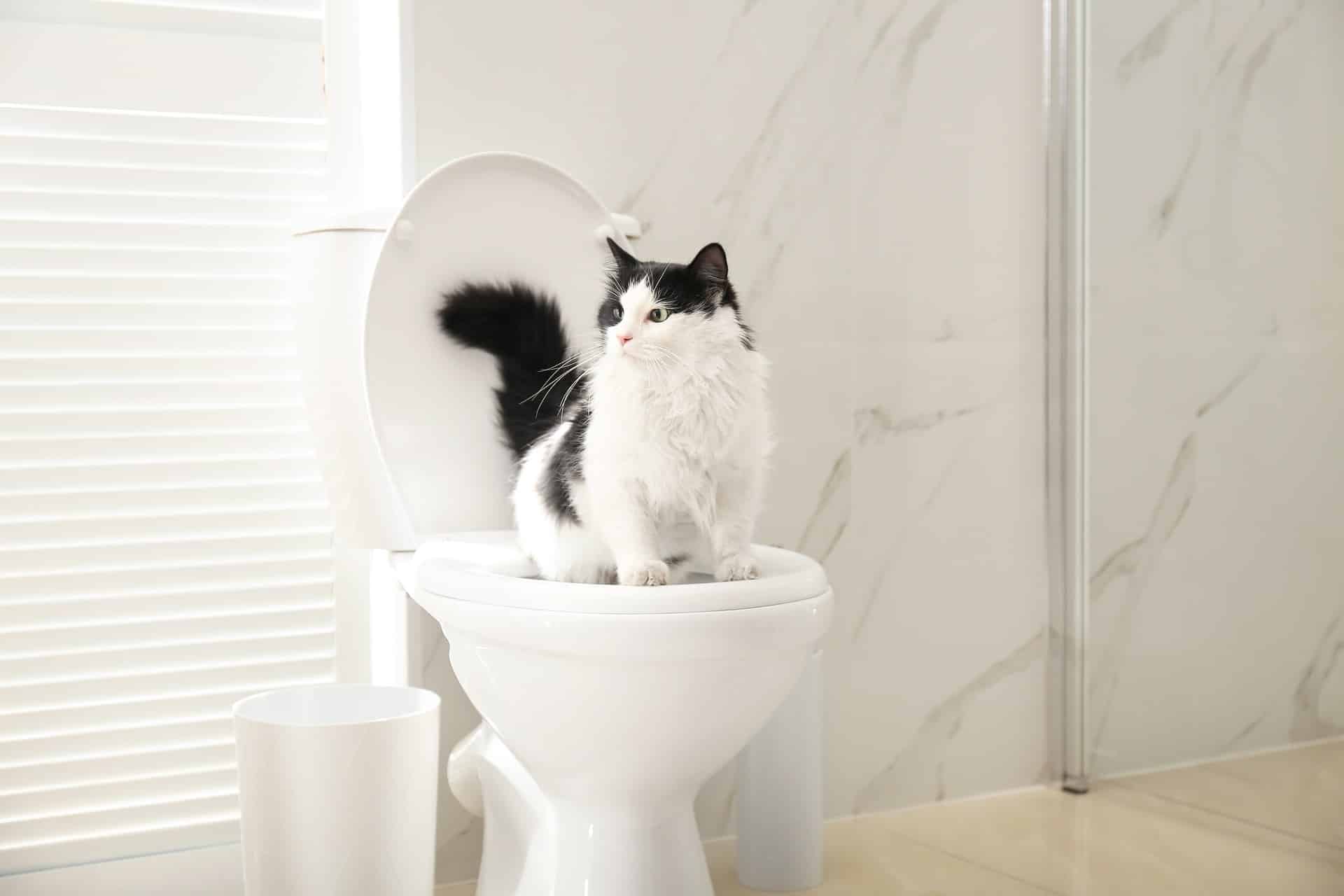Your Importance of Not Emptying Animal Waste Down the Toilet
Your Importance of Not Emptying Animal Waste Down the Toilet
Blog Article
Any individual seems to have their personal conception with regards to 10 Things You Should Never Flush Down The Toilet.

When it comes to getting rid of waste, specifically animal waste, lots of people commonly resort to the convenient choice of flushing it down the toilet. Nevertheless, this relatively simple service can have major repercussions for the setting and public health. In this post, we'll explore why flushing pet waste down the toilet is a poor concept and provide different methods for correct disposal.
Intro
Proper waste disposal is crucial for keeping environmental sustainability and public health. While it may seem safe to purge animal waste down the commode, it can lead to various issues, both for the atmosphere and human wellness.
Risks of flushing animal waste
Ecological impact
Flushing pet waste presents unsafe germs and pathogens into rivers, which can adversely influence water ecological communities. These microorganisms can contaminate water resources and harm marine life, disrupting delicate environments.
Public health issues
Pet waste has damaging microorganisms such as E. coli and Salmonella, which can present major health and wellness threats to humans. Flushing animal waste down the toilet can infect water products, resulting in the spread of illness and infections.
Alternatives to flushing
As opposed to purging animal waste down the commode, there are numerous different disposal approaches that are a lot more environmentally friendly and sanitary.
Composting
Composting animal waste is an environmentally friendly way to throw away it. By composting, raw material is broken down right into nutrient-rich dirt, which can be made use of to fertilize gardens and plants.
Garbage dump disposal
Dealing with animal waste in a landfill is another alternative. While not as environmentally friendly as composting, it is a safer alternative to flushing, as it prevents the contamination of water resources.
Family pet waste disposal systems
There are customized animal garbage disposal systems offered that safely and hygienically take care of animal waste. These systems often utilize enzymes to break down waste and eliminate smells.
Actions to correct animal garbage disposal
To make sure correct disposal of animal waste, adhere to these actions:
Scooping and bagging waste
Consistently scoop and bag pet waste using naturally degradable bags. This prevents waste from polluting the check here atmosphere.
Utilizing designated waste bins
Dispose of bagged animal waste in assigned waste containers, such as compost containers or garbage dump containers. Prevent flushing it down the commode in all expenses.
Cleaning up can and animal locations on a regular basis
Routinely clean can and pet dog areas to stop the build-up of waste and microorganisms. Usage pet-safe cleansing items to maintain health.
Advantages of correct disposal techniques
Taking on appropriate disposal techniques for animal waste provides a number of advantages:
Reduced environmental pollution
Correct disposal methods reduce the threat of environmental pollution, shielding waterways and environments from contamination
Reduced risk of water contamination.
By staying clear of flushing pet waste down the toilet, the danger of water contamination is dramatically decreased, guarding public health.
Boosted sanitation and health
Appropriate disposal approaches promote far better cleanliness and hygiene, producing a more secure atmosphere for both humans and pets.
Final thought
In conclusion, purging animal waste down the bathroom is damaging to the environment and public health. By embracing different disposal methods and complying with correct waste management practices, we can lessen the adverse impact of animal waste and add to a cleaner, much healthier planet.
What To Do With Dog Poo – The Do's And Don'ts Of Disposing Of Faeces
Dog poo bins
Some councils provide dedicated dog waste bins in popular dog-walking areas that can take dog poo that has been bagged but you can legally dispose of dog waste in any public litter bin, as long as it is securely bagged. This also applies to your wheelie bin at home.
Do not flush
Water companies do not recommend flushing dog faeces down the toilet because certain parasites can survive the water processing treatment and are potentially harmful to humans. You should also never consider flushing dog poo that has been bagged down the toilet as the bags will not break down and instead create severe blockages in the sewage system.
In the woods
The Forestry Commission promotes a ‘stick and flick’ method for dealing with waste in the woods. This means finding a stick and using it to flick any poo from off the path so that it is out of the way of other walkers. You could also bury it as long as it is not in an area where there might be livestock.
Livestock
Parasites found in dog poo can be transmitted to livestock if they inadvertently eat infected faeces that has been left on grazing land. This could result in the death of sheep or abortion in cattle so you should always make sure you pick up your dog’s waste in fields where livestock could be present.

Routinely clean can and pet dog areas to stop the build-up of waste and microorganisms. Usage pet-safe cleansing items to maintain health.
Advantages of correct disposal techniques
Taking on appropriate disposal techniques for animal waste provides a number of advantages:
Reduced environmental pollution
Correct disposal methods reduce the threat of environmental pollution, shielding waterways and environments from contamination
Reduced risk of water contamination.
By staying clear of flushing pet waste down the toilet, the danger of water contamination is dramatically decreased, guarding public health.
Boosted sanitation and health
Appropriate disposal approaches promote far better cleanliness and hygiene, producing a more secure atmosphere for both humans and pets.
Final thought
In conclusion, purging animal waste down the bathroom is damaging to the environment and public health. By embracing different disposal methods and complying with correct waste management practices, we can lessen the adverse impact of animal waste and add to a cleaner, much healthier planet.
What To Do With Dog Poo – The Do's And Don'ts Of Disposing Of Faeces
Dog poo bins
Some councils provide dedicated dog waste bins in popular dog-walking areas that can take dog poo that has been bagged but you can legally dispose of dog waste in any public litter bin, as long as it is securely bagged. This also applies to your wheelie bin at home.
Do not flush
Water companies do not recommend flushing dog faeces down the toilet because certain parasites can survive the water processing treatment and are potentially harmful to humans. You should also never consider flushing dog poo that has been bagged down the toilet as the bags will not break down and instead create severe blockages in the sewage system.
In the woods
The Forestry Commission promotes a ‘stick and flick’ method for dealing with waste in the woods. This means finding a stick and using it to flick any poo from off the path so that it is out of the way of other walkers. You could also bury it as long as it is not in an area where there might be livestock.
Livestock
Parasites found in dog poo can be transmitted to livestock if they inadvertently eat infected faeces that has been left on grazing land. This could result in the death of sheep or abortion in cattle so you should always make sure you pick up your dog’s waste in fields where livestock could be present.

We were made aware of that report on Should you flush animal waste down the toilet from a friend on our other domain. Sharing is good. You just don't know, you may be doing someone a favor. Thanks a lot for your time spent reading it.
Call Report this page